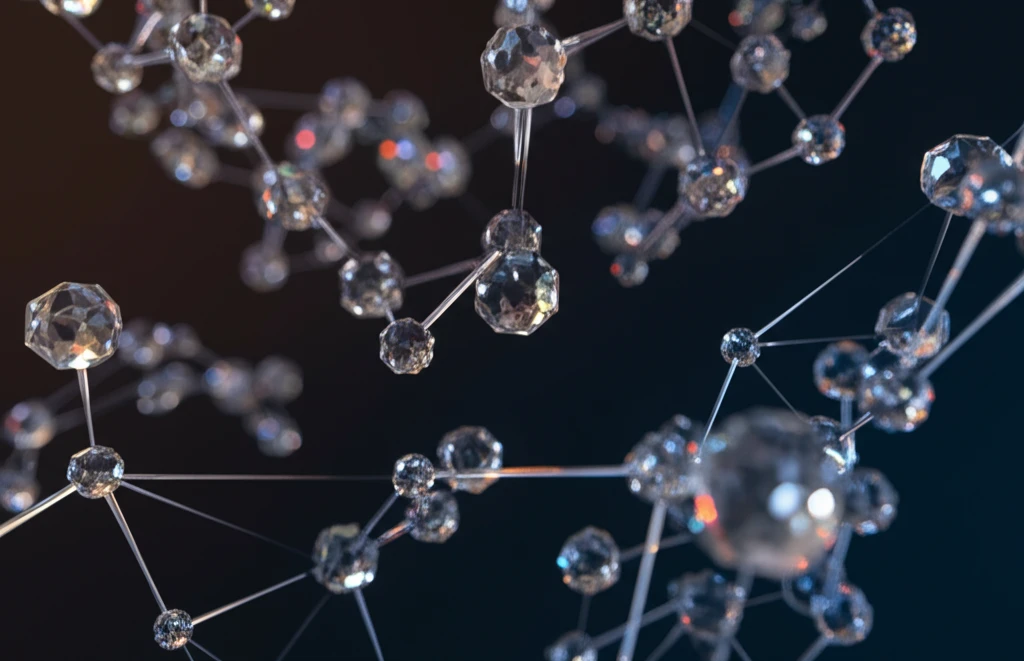
Unlock the Secrets of Crystal Structures: How a Fumarato-Nickel Coordination Polymer Reveals Molecular Interactions
"Delve into the world of coordination polymers and Hirshfeld surface analysis to understand the hidden forces that shape crystal structures and their potential applications."
The realm of materials science is constantly evolving, with researchers tirelessly seeking to understand the intricate relationships between a material's structure and its properties. At the heart of this pursuit lies the study of crystal structures—the ordered arrangements of atoms, ions, or molecules that dictate a substance's behavior. Among the fascinating compounds under investigation are coordination polymers, which hold promise for a variety of applications due to their tunable structures and properties.
Coordination polymers are essentially extended structures formed by metal ions linked together by organic ligands. These ligands, acting as molecular bridges, dictate the overall architecture of the polymer, leading to diverse one-, two-, or three-dimensional networks. By carefully selecting the metal ions and ligands, scientists can tailor the polymer's properties, opening doors to applications in catalysis, gas storage, drug delivery, and more.
One powerful technique used to analyze the intricacies of crystal structures is Hirshfeld surface analysis. This method provides a visual representation of intermolecular interactions within a crystal, revealing the contributions of different types of contacts (such as hydrogen bonds, van der Waals forces, and π-π stacking) to the overall crystal packing. By quantifying these interactions, researchers gain valuable insights into the factors that govern the stability and properties of crystalline materials.
Decoding the Structure: What Does a Fumarato-Nickel Coordination Polymer Look Like?

Researchers have successfully synthesized and characterized a novel one-dimensional (1D) coordination polymer composed of nickel(II) ions, fumarate ligands, and nicotinamide molecules. This particular polymer, described as catena-poly[[diaquabis(nicotinamide-κN¹)nickel(II)]-μ-fumarato-κ²O¹:O⁴], features a repeating chain of nickel ions bridged by fumarate molecules, with nicotinamide molecules and water molecules coordinated to the nickel centers.
- Fumarate Bridges: Fumarate molecules connect nickel ions, creating polymeric chains.
- Octahedral Arrangement: Nickel ions are coordinated by oxygen, nitrogen, and water molecules in an octahedral shape.
- Hydrogen Bonding: The polymeric chains are linked by hydrogen bonds, forming a 3D structure.
- Hirshfeld Analysis: Surface analysis quantifies intermolecular interactions, highlighting the importance of H…O, H…H, and C…C interactions.
Unlocking New Possibilities Through Structural Understanding
By combining synthesis, X-ray crystallography, and Hirshfeld surface analysis, researchers are gaining unprecedented insights into the structure and properties of coordination polymers. These findings pave the way for the design of new materials with tailored properties, impacting a wide range of fields from catalysis and gas storage to drug delivery and beyond. As we continue to explore the intricate world of crystal structures, we can expect even more exciting discoveries that will revolutionize materials science and technology.
